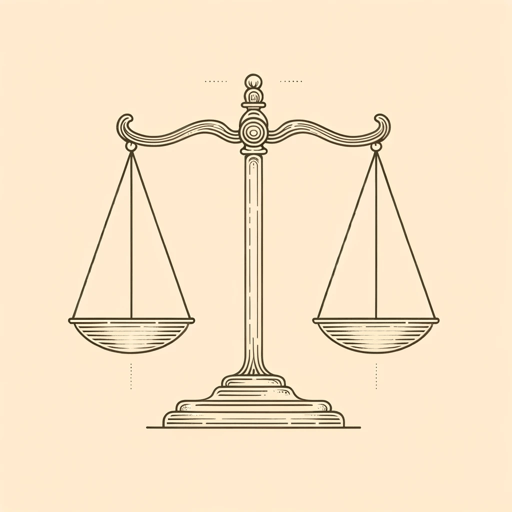47 pages • 1 hour read
Kim E. NielsenA Disability History of the United States
Nonfiction | Book | Adult | Published in 2012A modern alternative to SparkNotes and CliffsNotes, SuperSummary offers high-quality Study Guides with detailed chapter summaries and analysis of major themes, characters, and more.
Themes
The Changing Definitions and Perceptions of Disability
Content Warning: This section discusses ableism, racism, enslavement, and mental illness. The source text’s use of outdated and offensive terms is replicated only in quotations.
One of the primary themes running throughout A Disability History of the United States is the changing definitions and perceptions of disability. While today, disability is thought of in very broad terms, the definition and perception of disability was once very narrow. Today, a disability is considered any condition that impairs one from doing certain activities and having equitable access in society. These conditions may be physical, sensory, cognitive, developmental, intellectual, or mental, and they may be readily visible or invisible to others. According to Nielsen, however, the primary definition of disability in the US historically was simply the inability to perform labor. Throughout her work, Nielsen alludes to this historical definition several times. In Chapter 2, for example, she explains that in the early colonial period, little attention was paid to bodily variations “as long as one could labor” (26). She also argues that, in regard to Europeans colonizing North America, “disability was defined as the inability to ‘maintain’ oneself economically, and those unable to do so were discouraged from ever boarding ship for North America” (27).

